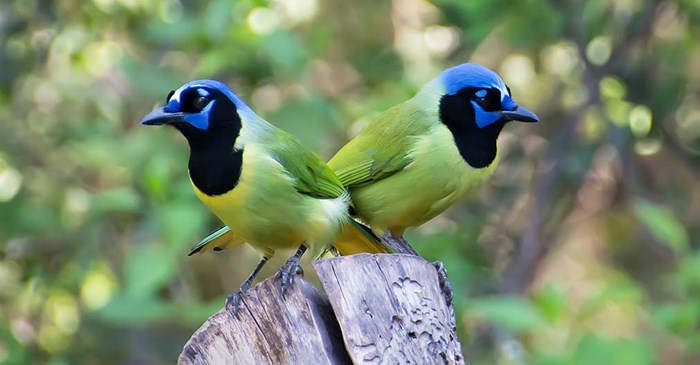Dreaming of a winter getaway? If you’re heading toward warmer climates, head for one of these hot destinations for winter birding.
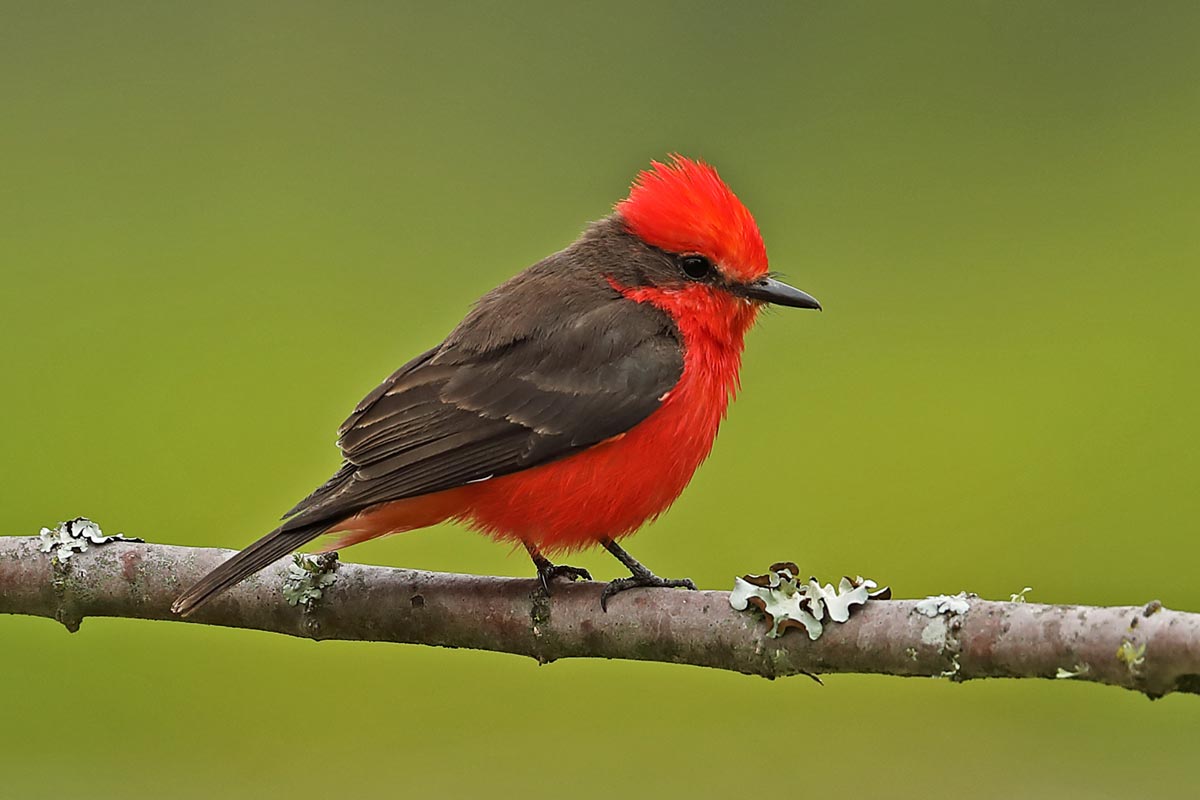
The Vermilion Flycatcher is a brilliant red bird that can be found in the southwestern US. neil bowman / iStock / Getty Images Plus
Winter birding in Southeastern Arizona
If you’re heading to the vicinity of Tucson, you’ll be within driving distance of a lively winter songbird scene. Explore the canyons and hike along willow-lined streams for a chance to see Mexican Jays, Vermilion Flycatchers, Yellow-headed Blackbirds, and Painted Redstarts, not to mention an array of visiting migrant shorebirds, raptors, and the world-famous Sandhill Cranes.
To start planning your trip, the Tucson Audubon Society and Tucson Parks and Recreation Department put together this guide of 52 locations for optimal bird viewing.
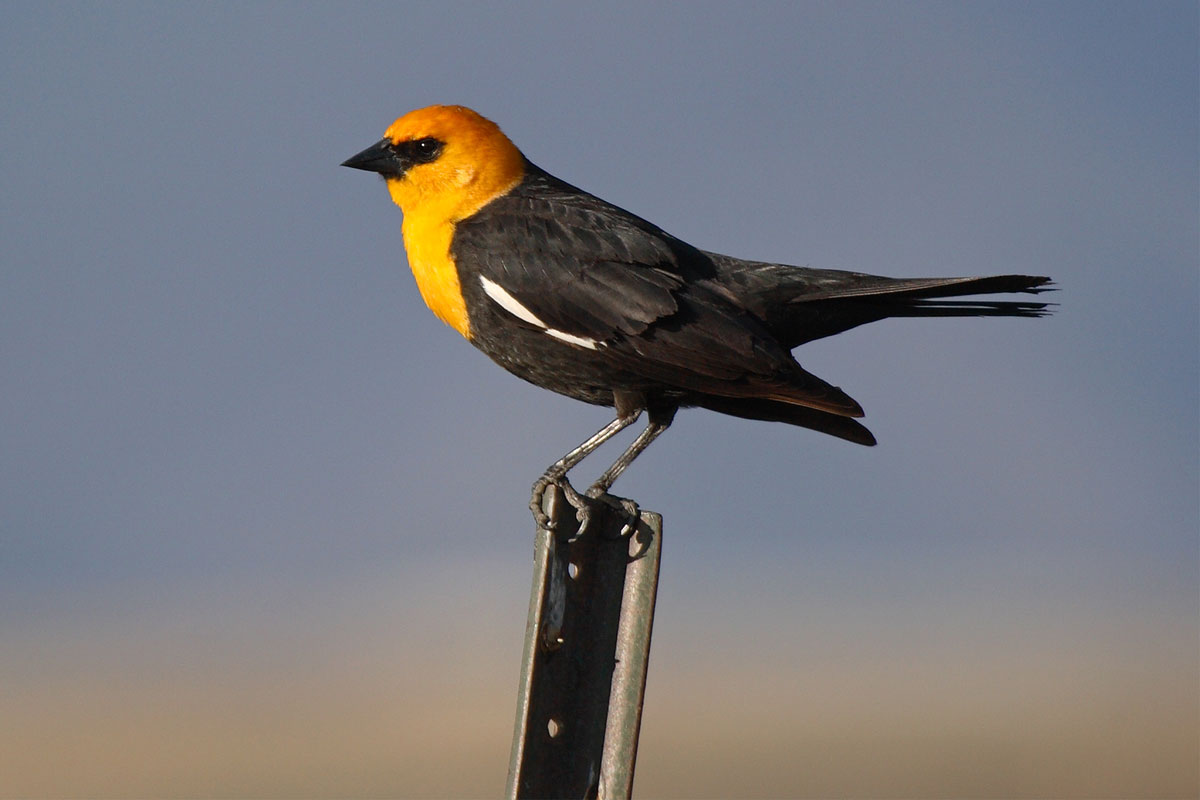
Yellow-headed Blackbird calls the western half of the US their home and can be found nesting over water. gatito33 / iStock / Getty Images Plus
Winter birding in Texas
A mix of habitats, including wetland, brush, and woodland, at Bentsen-Rio Grande State Park, provides the ideal subtropical environment where more than 300 bird species can be found, not to mention other wildlife.
Here, you’ll have a chance to gaze at flocks of Green Jays, which can’t be found elsewhere in the U.S., along with other colorful rarities, such as the Altamira Oriole, Blue Bunting, Tropical Parula, and Great Kiskadee.
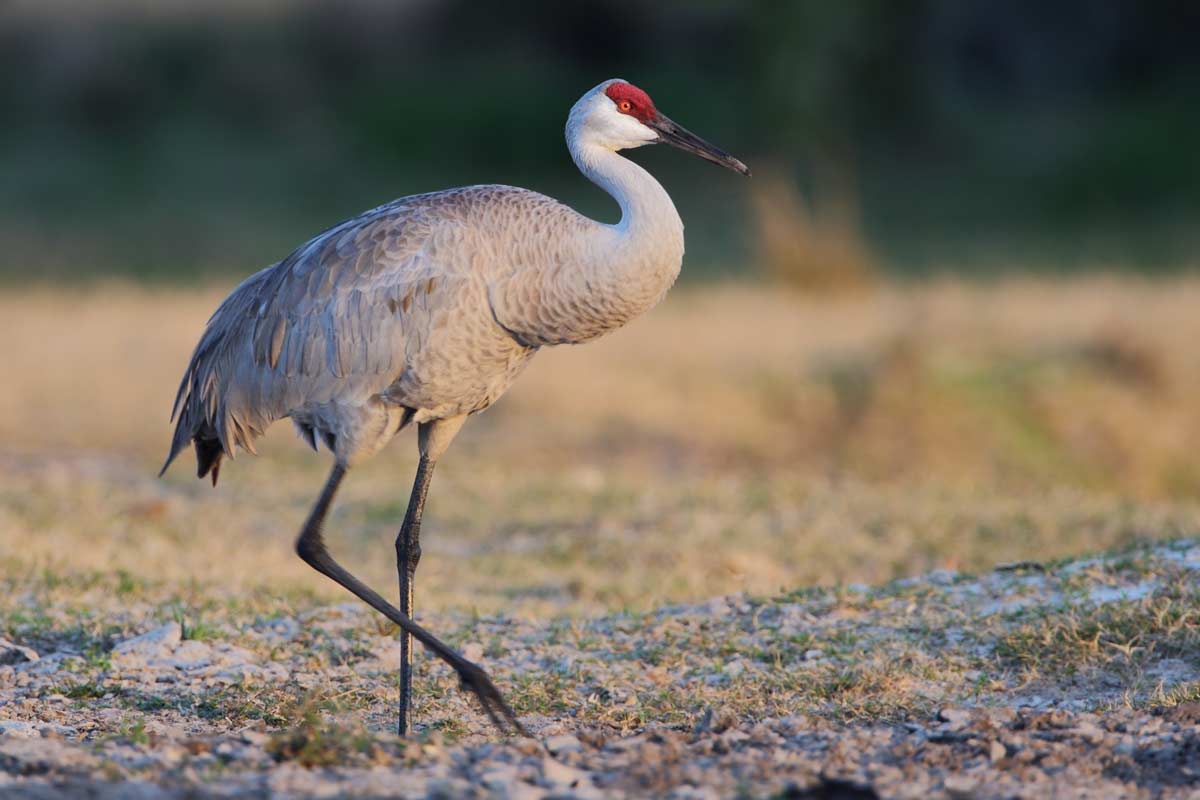
Sandhill Cranes are easily recognizable and can be found in the winter in immense flocks throughout New Mexico and Texas. WMarissen / iStock / Getty Images Plus
Winter birding in Florida
The southeastern U.S. is home to many familiar bird species that spend the winter, and you can catch sight of colorful beauties at one of Florida’s 300-plus parks, including a number of graceful herons, egrets, and wood storks.
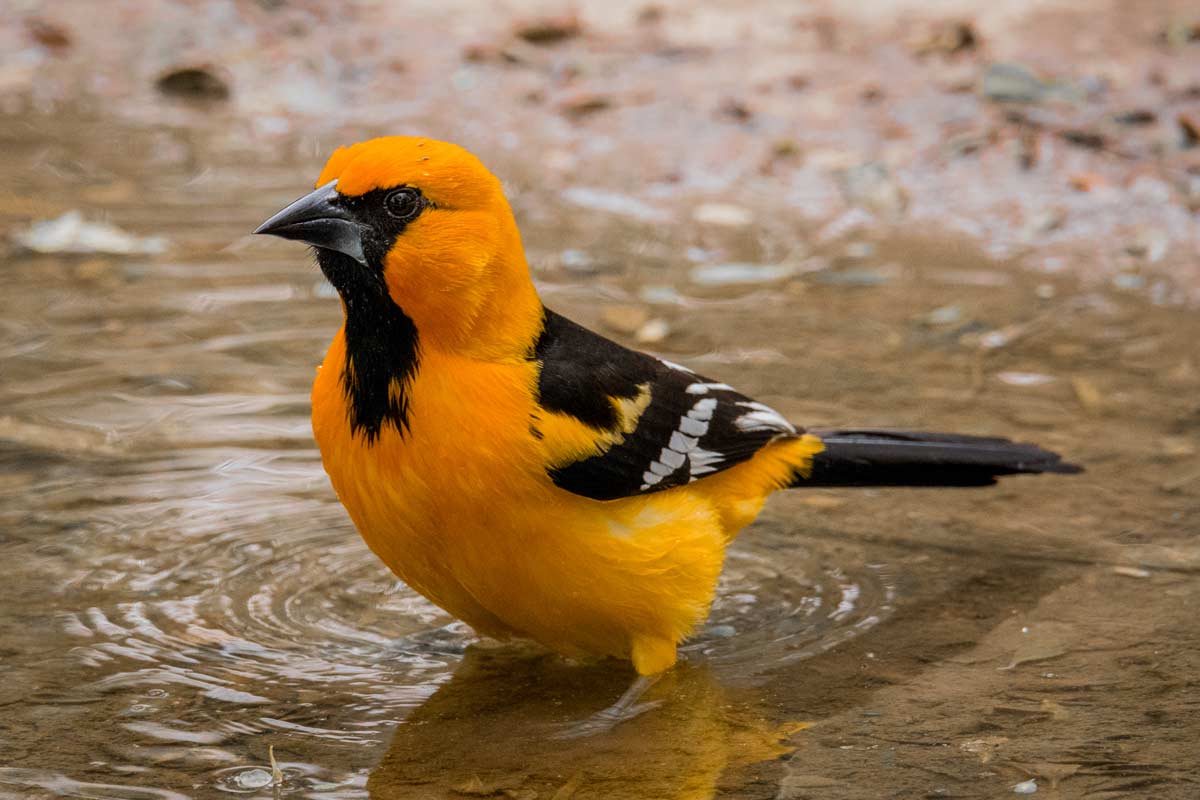
To see an Altimira Oriole, you must travel to the southernmost part of Texas, where you can see them visiting feeding stations in parks and national wildlife refuges. Cheryl Johnson / iStock / Getty Images Plus
Cedar Waxwings can be found throughout the state in the winter months. Southern Florida and the Florida Keys are the winter home for the Black-throated Green Warbler, along with stunning Vermilion Flycatchers. In late January, you’ll start to see the first Purple Martins making their return to the U.S.
Head to Corkscrew Swamp Sanctuary to view herons and egrets, along with the Painted Bunting.
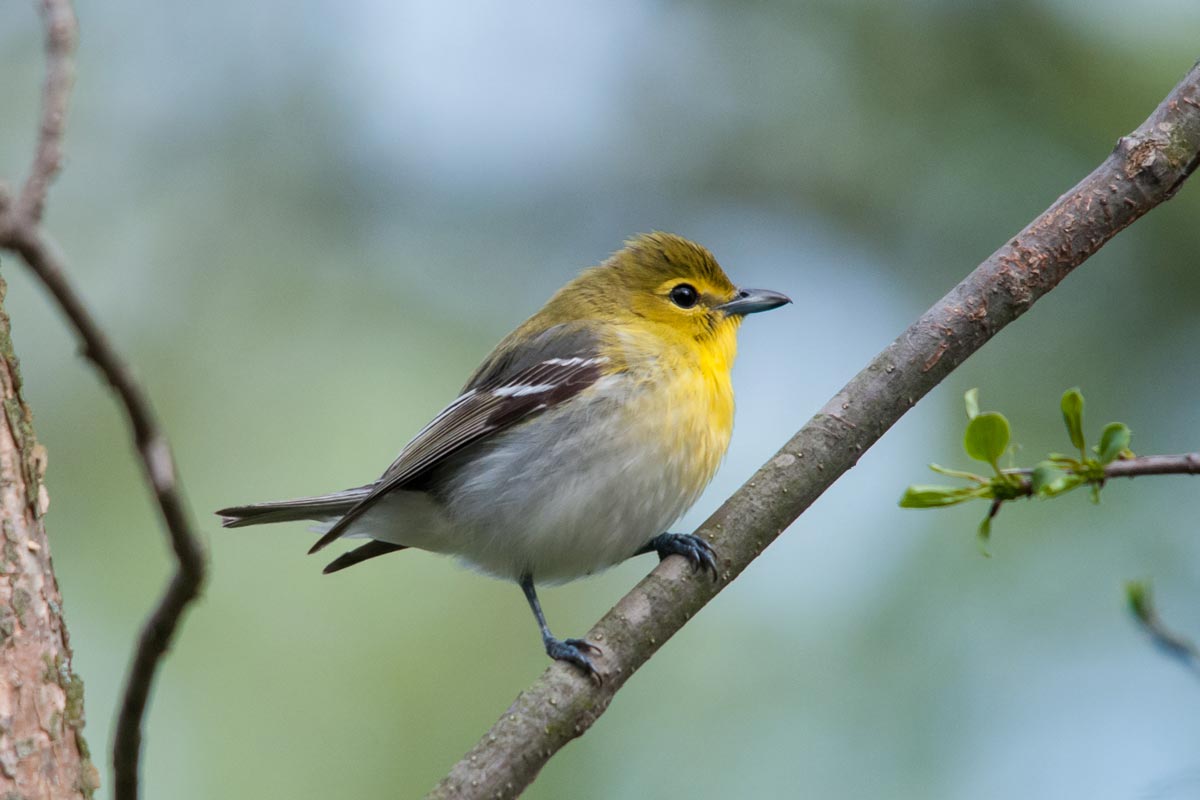
Yellow-throated Vireo commonly hangs out at the top of tree canopies feeding off of insects on twigs and branches, making this bird one you have to thoroughly search for. Bookguy / iStock / Getty Images Plus
Or wander a stretch of 400,000 acres of sand pines at Ocala National Forest, where wintering Red-headed Woodpeckers, Summer Tanagers, and Yellow-Throated Vireos abide. You may also see rarities, like the Florida Scrub Jay and the Red-cockaded Woodpecker.
If you’re into birds, you have the perfect excuse to head south this winter!
